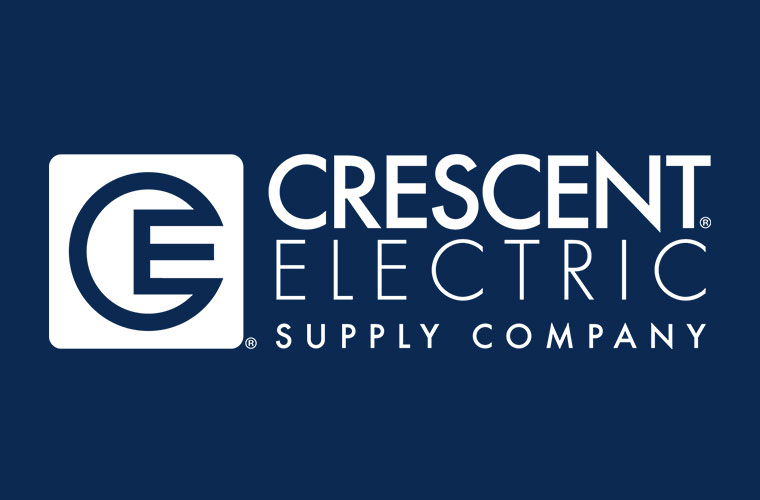
“Current trends toward Electrification are resulting in a very unique opportunity to impact what we sell, who we sell to, and further expand the number and type of applications we can support. Electrification is so much greater than just e-mobility and EV charging,” says Scott Teerlinck, President and CEO of Crescent Electric Supply Company.
Electrification is well on its way to transforming the electrical industry. Billions of dollars are being poured into the market in support of electrification. The electrical industry is expanding in ways that haven’t been seen before, and Teerlinck recognizes the opportunity electrification will have on the industry and within Crescent Electric Supply Company itself.
“The available market we serve is going to increase substantially. The estimates of market size vary by the source, however if you believe the market we serve is 180 billion dollars, we’ve seen estimates where the available market increases by another $100 billion of opportunities resulting from infrastructure spending and the push toward electrification,” Teerlinck said. “At Crescent Electric, we are re-positioning ourselves to deliver our share of that expanded market.”
As the country makes this transition over the next 10-15 years, Crescent is preparing itself to be ready to support the new business electrification is creating.
“We are seeing a resurgence in North American manufacturing. We are seeing new plants being built domestically with a strong focus on automation and labor productivity. We see global political tensions causing stress to primary shipping corridors, resulting in trends toward improved supply chain resiliency. Recent stimulus funding, such as the CHIPS Act, is creating opportunities for us and for the customers we serve. All of these opportunities combine to create a wave of opportunity. Furthermore, these opportunities give us good reason to assess our internal capabilities and help us define the competencies we need to develop to allow us to serve new customers and new applications,” Teerlinck said. “It does require us to pivot to become more specialized and be more capable technically in support of our customers’ changing needs and requirements.”
Crescent began a business transformation, including a transition toward a segmented commercial team to better support the needs of its customers.
“We saw an opportunity to redefine how we serve the market. Rather than consider our served market as homogeneous, we chose to instead consider the specific segments we serve and the differing needs and expectations from within each segment. Doing so allows us to bring a more specialized approach to our customers and a stronger ability to understand their needs and help them solve their business challenges,” Teerlinck said.
Another area of focus that Crescent has been incorporating moving forward is working closely with business partners to fully understand how stimulus and government funding will create growth opportunities.
“We have been working to align ourselves with strategic supplier partners and collaborate with them more closely than ever. Many of our larger supplier partners are highly engaged with Federal and State government departments to help us decipher what and where stimulus funding is flowing. This allows us to create collaborative plans on where we focus commercially, as well as helps with how we prepare ourselves internally,” Teerlinck said. “It is very important we be prepared and capable to provide the problem-solving acumen, the application support, and overall solution mindset our customers will require as this stimulus funding begins to get spent in local markets.”
Electricity usage is predicted to double in the next decade, providing even more opportunities for the industry and Crescent.
“The opportunities for us to provide connected devices as well as productive and energy-efficient solutions to customers will only increase with the doubling of electricity usage,” Teerlinck said. “It’s up to us to be ready with the technical competencies both pre- and post-sale as well as the commercial competencies to be able to support our customers as they pursue these growth opportunities,” Teerlinck said.
To fully capitalize on the trends toward electrification in the US, Teerlinck believes a primary factor limiting growth will be infrastructure.
“Today, one of the limiting factors holding us back in the US is infrastructure and the current capacity of the power grid,” Teerlink said. “As we help to address this limitation, we expect more opportunities for us to be part of the solution and be part of a growing market from Electrification.”
Tagged with Crescent Electric, electrification, electrifiED




